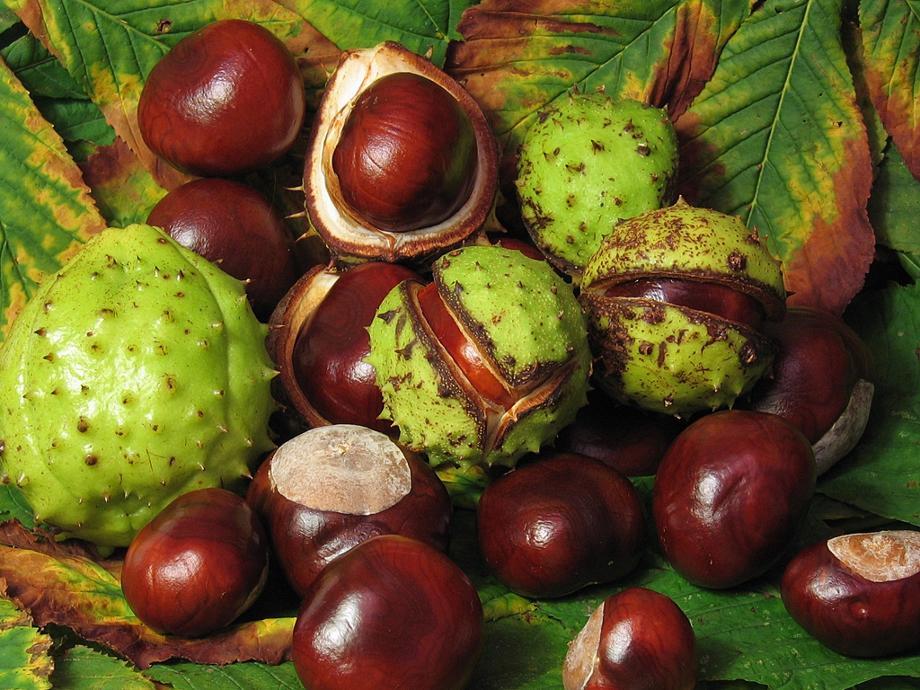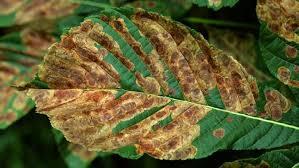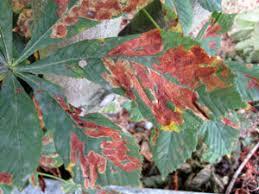Horse Chestnut Plant
The Horse Chestnut (Aesculus hippocastanum) is a medium-growing tree that reaches heights of 50-75 feet. It thrives in USDA zones 3-7, preferring moist, well-drained loamy soils. This tree grows well in full sun to partial shade and requires medium moisture. While it is not edible, it is known for its medicinal uses, particularly in traditional remedies.

Habit
Tree
Height
20 to 35 m
Growth
Medium
Soil
Well-drained loamy soil
Shade
Full sun, partial shade
Moisture
Medium
Edible
No
Medicinal
Yes
Origin
Europe
Climatic Condition
Temperate, Hardy
Temperature (°)
-10 to 30
Humidity (%)
30 to 70
Potting media
Garden soil
Fertilizers
Organic manure, phosphorus
Watering
Regular watering
Plant Weight
10-50 kg
Flowering Time
Spring
Soil Ph level
6.0 to 7.5
Water Ph level
6.5 to 7.5
Soil EC
0.3 to 1.5
Yield Per Plant
Ornamental tree
NPK ratio
1010:10
life Span
100+ yrs
Health Benefits
Used in herbal medicine for varicose veins.
Suggested Grow Media or Potting Mix ?
50% loam, 25% compost, 25% sand
Suggested Fertigation/Fertilizers
Fertilize every 6 weeks with a balanced fertilizer.
Common Diseases and Remedies
Leaf Blotch
Irregular brown patches on leaves, often surrounded by yellow halos; premature leaf drop.
Remove and destroy fallen leaves, apply neem oil or copper-based fungicides, improve air circulation.
HEALTH BENEFITS
Contains aescin, which improves vein health, reduces swelling, and supports circulation (commonly used for varicose veins and leg pain).

